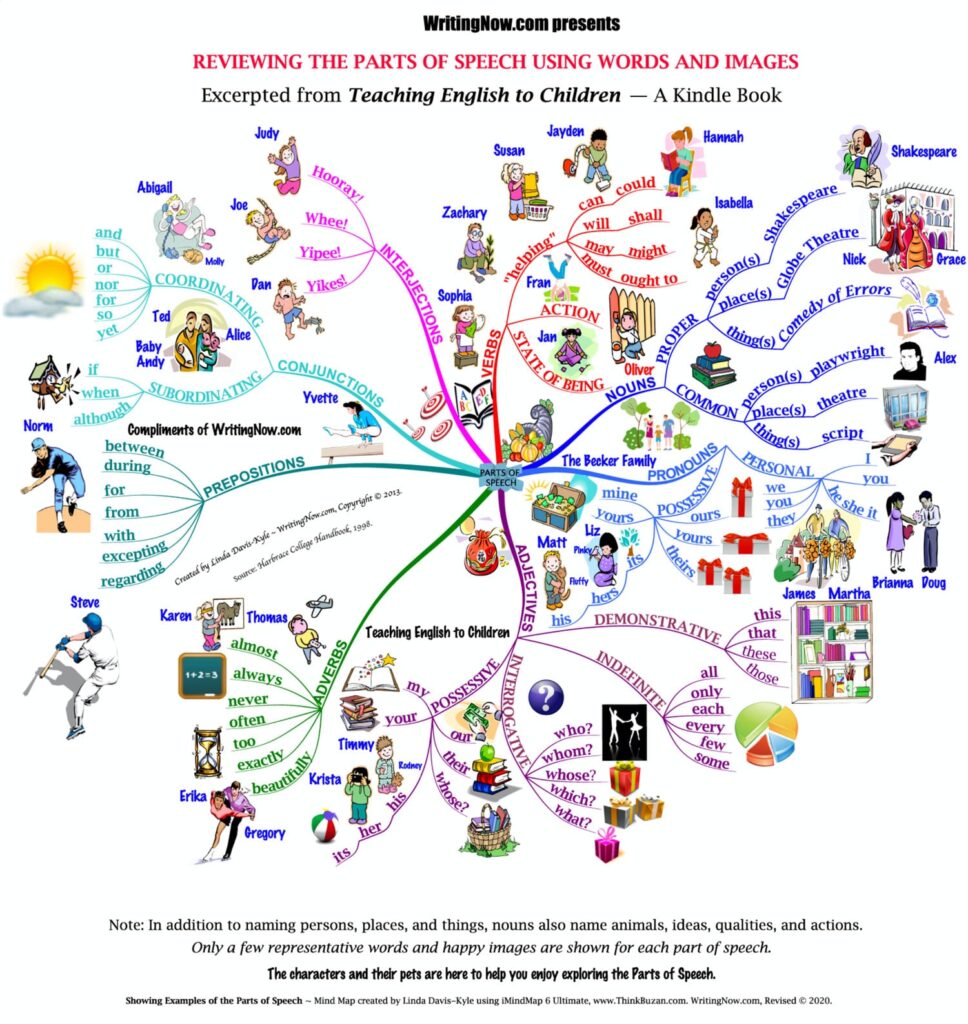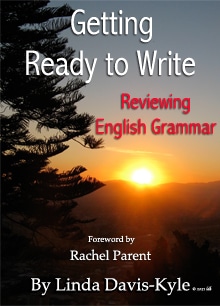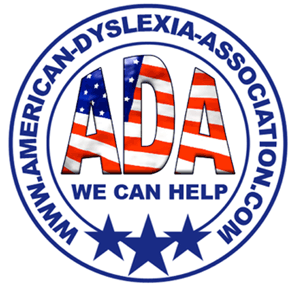Finding Solutions to a Serious National Problem
“Half of the incoming freshmen at our business schools are now being required to take a basic course in writing because they cannot write a presentable letter or report or proposal.” When David McCullough, twice Pulitzer Prize winner and recipient of the Presidential Medal of Freedom, learned of this situation, he called it “a serious national problem.” Knowing that dedicated teachers, devoted homeschooler parents, concerned grandparents, and trusted private tutors and mentors around the world advise, coach, demonstrate, and practice their young learners in the art of writing, you shake your head and say, “No. It just can’t be.”
Feeling Perplexed by Such an Observation
McCullough, of course, is not fabricating a wild story. Consequently, after a bit, you acquiesce. After all your hard work to teach your students, though, you not only feel puzzled, but also you feel betrayed. You lament right out loud, “The very thought of such grim results seems impossible.” Your associates, who, like you, also worked diligently to teach their young learners to write well – they had believed – agree. Another member of your teaching team asks, “How in the world is this astonishingly dismal result possible?” After your thoughts settle, your team begins to ask, “Well, then, what measures can we implement to assuage this predicament in the future?”
Searching for Solutions
Once you accept McCullough’s words as true, your teaching team concludes that perhaps your young learners are in the half who mastered what each of you had presented. After all, you constantly had taught your young learners to think positively, to visualize their success, and to expect the best. Now, momentarily, you and your colleagues were thinking negatively.
Teaching the Parts of Speech in a Fun Way
By beginning to enumerate what you had done to prepare your students to write well, you began to get on track. You had taught lesson after lesson to impart to your students grammar – the parts of speech and their definitions -using not only color-coded words but also colorful memorable characters. You also enumerated and explained the cooperative roles and relationships of the parts of speech. Each member of your teaching team also had relentlessly reviewed the mechanics of the English language—capitalizations, punctuations, contractions, and spelling. Your students were so versed in grammar and mechanics that some of them told you they reviewed your lessons in their dreams at night. Your basic teaching lessons and exercise practices had served your students well. Yes. You now begin to realize that your methods had blessed the memories of your learners.
Using the Power of Colorful Mind Maps to Bolster Memory
Because Mind Maps can so beautifully organize information succinctly, they enhance memory with impressive staying power. Their branches relate to each other in such a way that each and every branch helps to build the topic of the particular map. For example, the young learners can name a mind map as “The Parts of Speech.” Then, they can handwrite the parts of speech—verbs, nouns, pronouns, adjectives, adverbs, prepositions, conjunctions, and interjections—onto its separate branches. Using attractive colors, drawing, and handwriting in cursive or hand printing join forces to make learning the Parts of Speech not only fun but also memorable.

Connecting New Information with What They Know Already
When students latch onto information that enlightens them, new related information fastens, in a sense, with the data already present. The concepts then, in a way, begin forming a net to grab, hold, and store more input. Each new learning experience that can hook with the items already present continue the wonderful arrangement. The more relevant and related information students learn, the more they can learn, digest, and absorb. David Gamon, PhD, and Allen D. Bragdon, authors of Learn Faster & Remember More put the thought more eloquently, “How well you remember depends on how much you already know.” Therefore, the incremental lessons you had taught fostered strong memories. Plus, connecting the three powerful forces—memorable mind maps, drawing, and cursive handwriting—creates a mighty memory treasure.
Enhancing Memory with Cursive Handwriting
Indeed, you had empowered the memories of your young learners a fine way that some in society today seem to have forgotten. They had loved drawing colorful mind maps and then labeling the parts of speech in cursive. Your students had loved handwriting their assignments. The main trouble your students had was deciding which Parts of Speech Mind Map they liked more. Some liked a Words and Images Mind Map that defined the parts of speech. Others liked a Roles and Relationships Mind Map that showed how all the parts worked together. Others favored a Composing Sentences Mind Map or a Composing Paragraphs Mind Map to steer them to success with their forthcoming writing assignments. More advanced students resonated with the Writing Tips Mind Map. In all cases, they had loved that the vivid colorful characters and color-coded words that made learning not only endearing but also enduring. WritingNow.com provides printable versions of the noted Mind Maps and additional ones from its ebooks to download and enjoy as a gratis bonus.
You did not throw aside handwriting as outdated or outmoded. You did not see handwriting as some relic from the past. Instead, you honored its use for sustaining memory. Moreover, helping your young learners to enjoy practicing their cursive handwriting yielded lasting profits for them.
Speaking for the Practice of Cursive Handwriting
Neuroscientist Claudia Aguirre, PhD, equates the action of handwriting with “meditation” because she says it perpetuates “mindfulness.” Angelika Troller-Janesch, Vice President of the Carinthian Dyslexia Association in Austria explains that taking notes by hand supports memory and helps students preserve what they learn. Livia Pailer-Duller, PhD, CEO of the Austrian Dyslexia Association, a colleague of Troller-Janesch, concurs and shares that handwriting fosters fine motor skills. Plus, she says handwriting boosts the entire learning process. Both teachers emphasize the importance of not allowing digital experiences with computers, tablets, and cellphones to bring about the extinction of the art of cursive handwriting.
Teaming Handwriting with Computer Generating Your Compositions
While computer-generated assignments certainly speed the reading for hardworking teachers, it can be a useful practice if young learners will compose their first drafts by hand. Then they can type their work using a device of their choice. Doing both processes likely team up to expand their memory of the material. Multiple viewing gives time to ponder what they first composed. Plus, as the students continue in this way, errors very well may pop up and beg for correction.
Consequently, students learn in an instinctive way that they cannot simply sit down and write or type their essays in half an hour and think they have finished. They must learn to revise. This polishing practice attunes them quickly to the idea that it takes work to make their essays smoother and smoother. Revising also enhances preserving information and critical thinking.
Learning to Plan for Their Next Day
In your listing of the many aspects, concepts, and projects you had used to help secure their successful writing, you and your teaching team had encouraged your young learners to let each sunset, remind them to pause and reflect on their day. After their appraisal of the passing day, you suggested that they plan for their forthcoming day to help bring big dividends. If upon review some days their efforts went awry, you, doubtless, helped them learn to release the negativity. You pointed out that counting the aspects of their day that did go well would be of great use. It was your hope that helping them to make it a habit to write out their plans for their coming day would become a lifetime ally. You also hoped that if they would allow the sunset to be their daily reliable reminder “to be grateful for the passing day and to prepare gratefully for an even better day tomorrow” doing so could foster their good health emotionally, physically, and spiritually. Finally, you hoped that creating mind maps, engaging in fun drawing, and using cursive handwriting, along with so many other worthy strategies that you taught with care would weave together to help your young learners love their writing and make it their best friend for life.
About the Author
Linda Davis-Kyle is a fitness, health, education, and general interest writer whose articles have appeared in professional journals such as Modern Drama in Canada, Notes & Queries in the UK, Caritas in Ireland, and Studies in English Literature in Japan and in periodicals such as WellBeing in Australia, The Star in Bangladesh, and Healthy Options in New Zealand. She is the author of the e-book Getting Ready to Write: Reviewing English Grammar.
Sources
Aguirre, Claudia. “Does writing by hand sharpen your creativity?”
Davis-Kyle, Linda. GettingReadytoWrite:Reviewing EnglishGrammar. Amazon Kindle E-Book.
McCullough, David. “Dialogue with David McCullough (on John Adams).” With Librarian of Congress James H. Billington. Library of Congress. Special Event, February 12, 2014. youtube.com, April 3, 2014. 59:50-1:00:13 and !:00:18-1:00:32.
Accessed 18 April 2020
Pailer-Duller, Livia. Personal communication. 30 January 2021. Troller-Janesch, Angelika. Personal communication. 30 January 2021.







